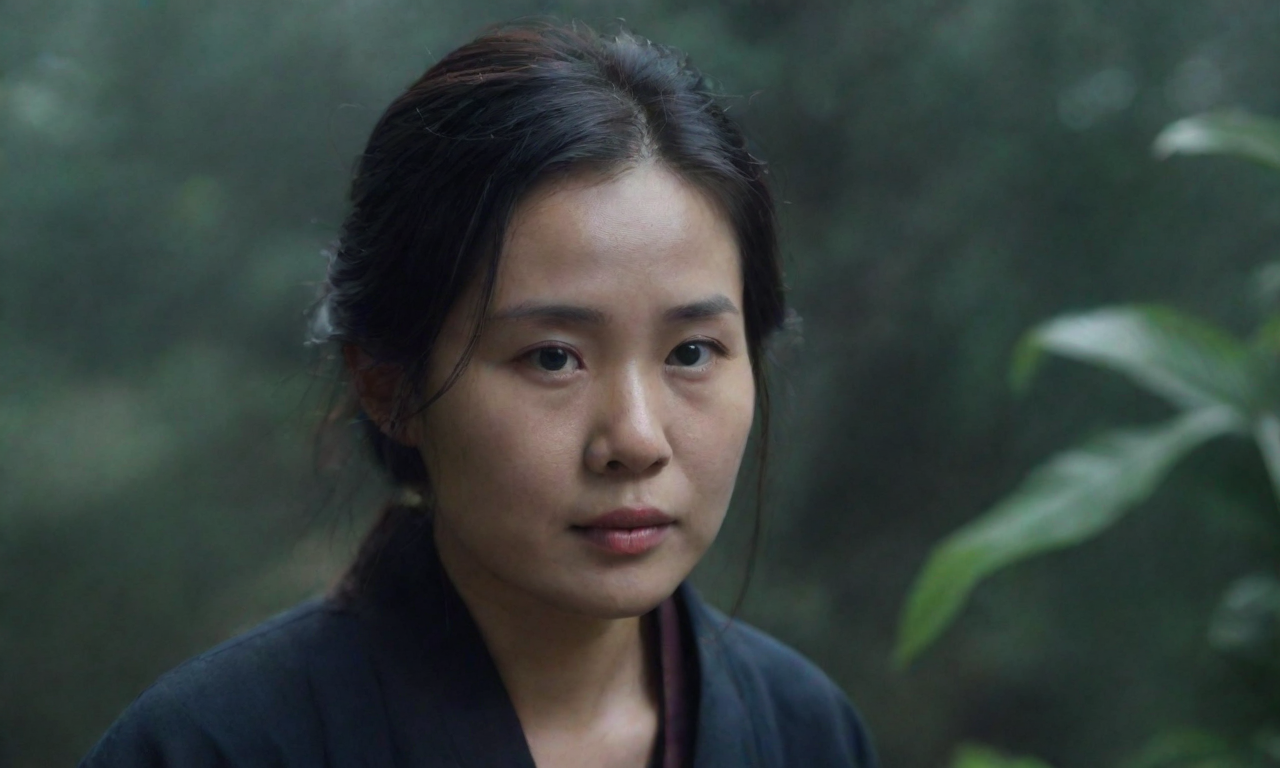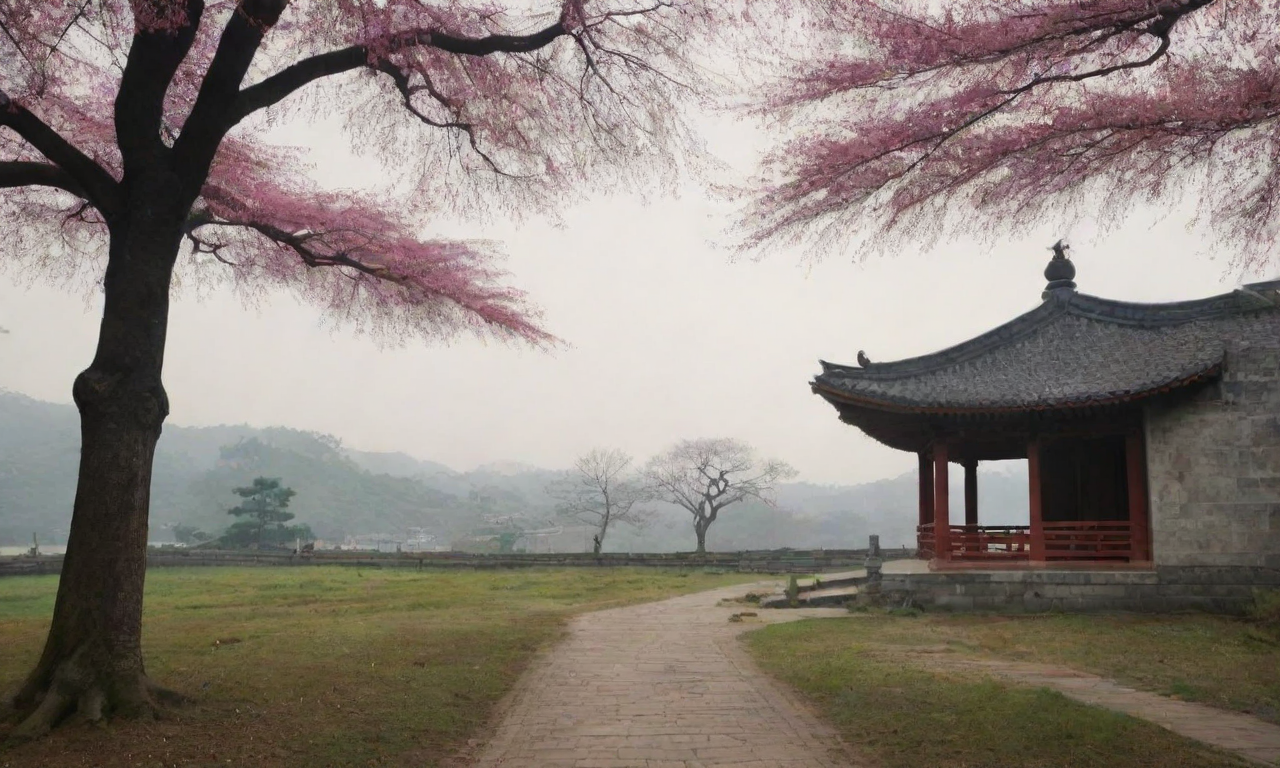"Most domestic research projects require very clear scientific goals, and applicants must demonstrate their ability to achieve the project's goals in order to obtain support. But the Distinguished Young Program is different. It selects young scholars who have achieved good research results in the field of basic research and gives them a significant degree of freedom, allowing them to choose their research direction independently," Pan Jianwei said.
In 2009, with the support of the university, Pan Jianwei submitted an application for the Distinguished Young Program to the Natural Science Foundation.
At that time, Pan Jianwei's team had already established the world's first quantum optical telephone network in Hefei, Anhui Province, and realized real-time network communication using the "once-key-one-time" encryption method. Pan Jianwei's team had also received support from various projects.
During the defense, one of the reviewers asked him, "You already have so many projects, why do you still apply for the Distinguished Young Program?"
Pan Jianwei replied, "My projects are all research projects with very specific goals. However, I want to work on some topics that I am interested in, with higher risks and greater uncertainties. Currently, there is no corresponding funding to support me in doing this kind of work."
Indeed, Pan Jianwei's project proposal contained many contents with significant uncertainties.
In 2001, Pan Jianwei had already conducted some research in the field of quantum information science in China. In 2003, he discovered that there was a crucial problem in quantum information processing, especially in the process of optical quantum information processing -- the storage of optical quantum information.
"If there is no storage, when one photon flies out, the other photon does not, and they cannot meet each other, making it difficult to achieve multi-photon entanglement. The best way is to store all the photons first, and then let them fly out simultaneously, so that multi-photon interference entanglement can be realized," explained Pan Jianwei.
Speaking of it is simple, but doing it is difficult. In order to study and develop quantum storage technology, Pan Jianwei went to Germany for collaborative research in 2003. When he returned to China with his team in 2008, the core problem of cold atom quantum storage technology -- storing the photons emitted from the entangled light source into the cold atom memory -- was still unresolved both domestically and internationally. Therefore, in his application for the National Science Fund for Distinguished Young Scholars, Pan Jianwei focused on solving this problem. However, he was not entirely sure if it could be achieved in the short term. In addition, in this application, he also wrote about two other research topics that had high levels of uncertainty: overcoming the loss of photons caused by the atmosphere, and achieving long-distance quantum communication using quantum relays. At that time, whether in China or abroad, no researcher dared to guarantee that the goals mentioned in Pan Jianwei's application could be achieved. However, with his accumulated technical expertise and thoughtful considerations for future research directions, Pan Jianwei still impressed the reviewers. "At that time, we were considering using optical fibers to create a metropolitan area network, combining the networks between two cities using quantum relays, and using quantum satellites to achieve long-distance quantum communication. By combining these three technologies, we can create a global quantum communication network," said Pan Jianwei. This was an ambitious "roadmap". In 2009, Pan Jianwei successfully obtained support for the National Science Fund for Distinguished Young Scholars, with a project duration from 2010 to 2013, totaling four years. These four years of the project were a period of freedom and focus for Pan Jianwei. "Managers do not really care about short-term results," Pan Jianwei said. During these four years, the project did not achieve the "success" that Pan Jianwei had hoped for: they completed ground experiments for free-space quantum communication, demonstrating the feasibility of long-distance quantum communication using quantum satellites, and the performance of cold atom quantum storage had greatly improved, but it was still not sufficient to support long-distance quantum communication. Several years after the project ended, a series of cutting-edge achievements based on the results of the National Science Fund for Distinguished Young Scholars finally made a global impact in an astonishing manner. In 2016, Pan Jianwei's team led the development and successful launch of the world's first quantum science experimental satellite, "Micius." In 2020, through the development of high-brightness light and atomic entanglement sources, low-noise and efficient single-photon frequency conversion technology, and remote single-photon precise interference technology, Pan Jianwei's team successfully entangled two quantum memories separated by 50 kilometers of optical fiber, laying the foundation for building a quantum network based on quantum relays.In the same year, Pan Jianwei's team built a quantum computing prototype called "Jiu Zhang" with 76 photons, which was capable of processing Gaussian boson sampling problems millions of times faster than the fastest supercomputer at the time, making China the second country in the world to achieve "quantum computing supremacy." Subsequently, Pan Jianwei led the team to build the world's first quantum secure communication backbone network, "Beijing-Shanghai trunk line." They also constructed the first hybrid air-ground wide-area quantum secure communication network, placing China's experimental and applied research in quantum communication at the forefront internationally. "The Outstanding Young Scientist Project has played a very supportive role in the breakthroughs in quantum computing, quantum relays, and quantum satellites," Pan Jianwei said. As the team leader, Pan Jianwei encourages young researchers around him to apply for projects such as the Outstanding Young Scientist Project. He believes that this project is significantly different from other talent programs as it not only brings prestige but also supports researchers' freedom to explore. However, in recent years, due to the inclusion of unrelated interests in the implementation of talent programs and projects, various drawbacks have emerged, forcing researchers to invest a significant amount of time and energy into applying for various talent programs or research projects, resulting in the "overlapping" of the research community. According to Pan Jianwei, this issue is related to the evaluation systems of universities and research institutions where researchers are located. He suggests that the evaluation methods should be more flexible, allowing researchers' research proficiency to be assessed professionally, and ensuring that researchers who haven't applied for or are unwilling to apply for talent programs or talent-oriented research projects receive appropriate recognition and treatment based on their research level. Pan Jianwei believes that "talent programs or talent-oriented research projects may have served as good standards for evaluating talent and the institutions or schools they belong to more than a decade ago, but with the development of the country's scientific and technological level, the evaluation criteria also need to be adjusted accordingly. Currently, the country has implemented many reforms, such as specifying that individuals can only participate in one talent program or talent-oriented research project. These reforms have been very effective." Furthermore, regarding the complaints about the "overlapping" issue in the research community, Pan Jianwei believes it arises from everyone competing on the same track. The first type of "overlapping" occurs in the talent cultivation stage. "Everyone pursues a Ph.D., but many important positions remain unfilled. This is related to our traditional culture that prioritizes studying above all else," said Pan Jianwei. The second type of "overlapping" occurs in the career advancement stage. "While working at Heidelberg University in Germany, I discovered an interesting phenomenon. The number of professors at the university was not significant, but there were many technical personnel. The income of technical personnel was not lower than that of professors and researchers because the precision machining and other tasks they performed were not feasible for professors. After completing their services for our research projects, the university allowed them to provide services to society, enabling them to earn additional income. However, in China, everyone wants to become a professor, even the technical personnel aspire to that position. This is the wrong approach," said Pan Jianwei.Although "involution" has its irrationality, Pan Jianwei believes that "involution" is inevitable. "Since you choose scientific research as your career, competition is inevitable," said Pan Jianwei. Pan Jianwei has two suggestions for young people in the scientific research community. The first is to choose a field that they are interested in. "To do something, you must have your own interest. With interest, you will have patience and be able to persist in the long term." The second is to choose an emerging field and a mentor who is active in that field. "Entering an emerging field is a better way to avoid 'involution' because that field is full of scientific opportunities and there are not many researchers. By making a leap, you can gain access. When choosing a mentor, don't just look at the reputation of the teacher or the school, but choose a mentor who is more active in the academic community because emerging disciplines are always in an active stage." Regarding the future development of the Outstanding Young Scientist (OYS) project, Pan Jianwei has always held a hope of avoiding excessive competition. "I hope that one day the OYS project can extend the support period for those who have done well in their projects, so that their innovative work can continue."







